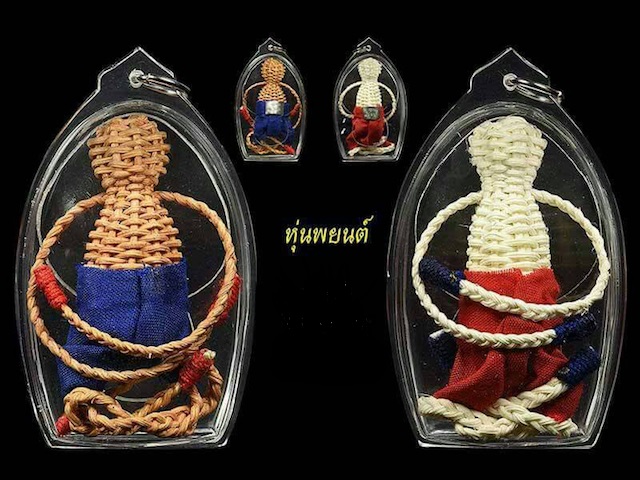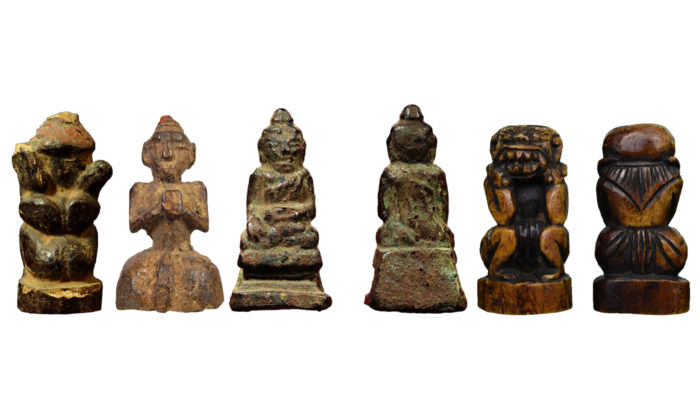The Hoon Payont (or ‘Hun Payont’), is an ancient reanimated Golem effigy, with far back reaching roots. Its name comes from the word ‘Payont’ which means an effigy that has been brought to life by Sorcerous Magick. Hoon Payont may be made in various forms, such as the form of a Human, or some other Magickal creature, or animal, depending on the needs of the user, and the intended uses of the Adept who makes them.
Below; The World Famous Hun Payont Hyaa Ka Mad Daay Daeng Akom of Ajarn Loi Po Ngern (Ayuttaya Master and direct lineage continuance of the Wicha of Luang Por Glan of Wat Prayatigaram (Ayuttaya).
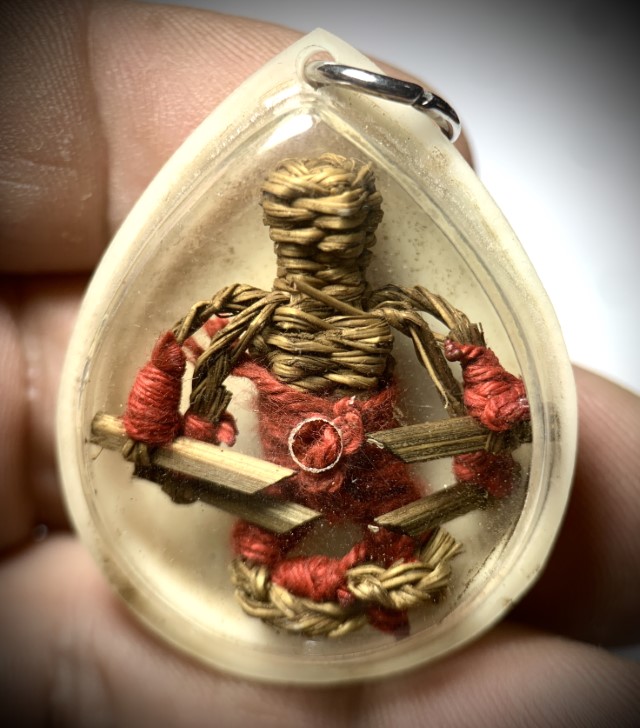
Hoon Payont spirit assistants, work as a kind of invisible guardian and valet, who cares for your safety and well being, protecting and nourishing. He can be used to complete and fulfill missions and tasks which are beyond your own abilities, in exchange for your making and sharing of merits with the hun payont.
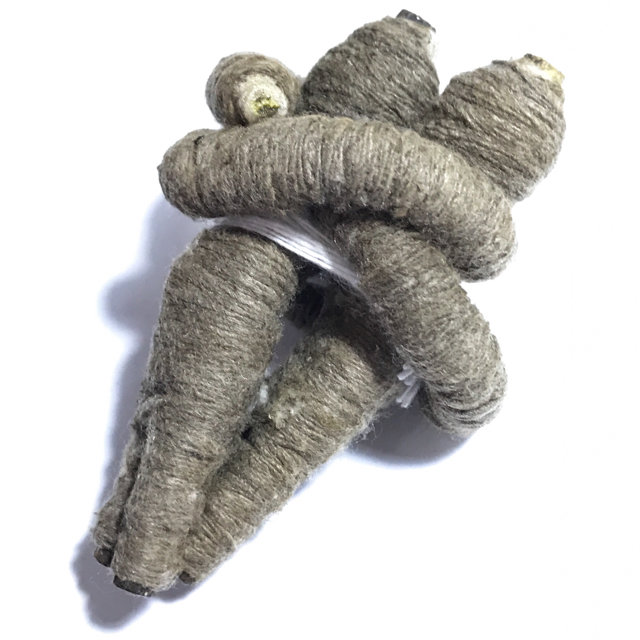
Hoon Payont are made from various substances, such as the Hoon Hyaa Saan (Hay/Straw), Hoon Gan Bai Mai an (leaves), Hoon Thao Wan (magical vines), Hoon Dtakua (mercurial lead), Hoon Khee Pheung (wax), Bai Mai Ta (leaves), Hoon Gae Salak (carved wood), Hoon Daay (cord wrap), Hoon Pha (cloth bound), Hoon Din (molded clay), Hoon Din Phao (baked clay), Hoon Hin (carved stone), Hoon Krabueang (ceramic), Hoon Poon (cement), Hoon Ngern/Tong (silver or gold), Hoon Loha (Iron)
The Hoon Payont, is an amulet that is found to date back to the times of the Kassapa Buddha. The Kassapa Buddha, is said to have made a Payont effigy, to protect his Relics, before he himself passed into Nibbana. The Wicha Hun Payont Requires one to perform occasional Buddhist Prayers and give alms, and perform the ‘Gruad Nam’ Water Pouring Ceremony to share merits with the Hoon Payont.
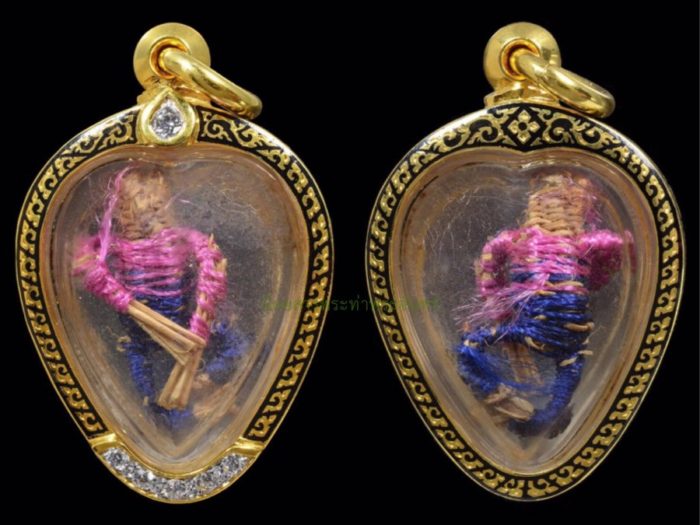

200 Years Later, King Asoka opened a shrine, to remove and preserve the relics, but the shrine was inhabited by a Hoon Payont. King Asoka was forced to invoke and summon the God Indra, who manifested as a Brahman, and performed Incantations, enabling King Asoka to enter and remove the Saririkadhatu Relics.
In the world of Sorcery, all lineages believe in the existence of different kinds of spirits, which can be imbued within effigies or controlled, or beseeched to perform a multitude of tasks.
There are many Animist and Necromantic amulets which use different types of spirits which are Hoeng Prai Ghosts, Devas, Bhuta, Kumarn Tong, Rak Yom, In Jantr, Phu Some, In Gaew, Mae Takian, Ma Hoeng Prai, and many others such as Yaksa Monsters, to inhabit an effigy.
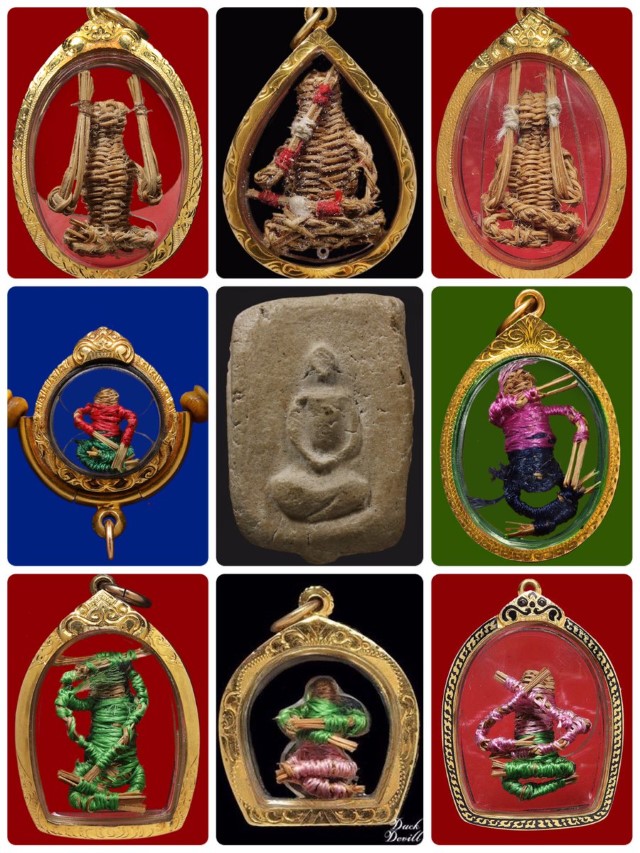
Great Adepts are the only ones able to create Hoon Payont Golem Effigies, which are then brought to life with Necromancy and imbued with any of a number of kinds of spirits.
All Hoon Payont Golems, must be empowered by an Adept, who has Mastered the Wicha Akarn Sam Sip Sorng; 32 invocations of the 32 elements within a living being, to make the effigy able to displace itself (move around), and to emit Magical powers, protecting wealth and possessions within its enclave.
If intruders enter, the Hoon Payont will create illusions that drive the thieves away, and will also scare away all kinds of demons and ghosts that enter the household to cause any havoc. Hoon Payont are very protective of the belonging within the home and for this reason excellent guards.
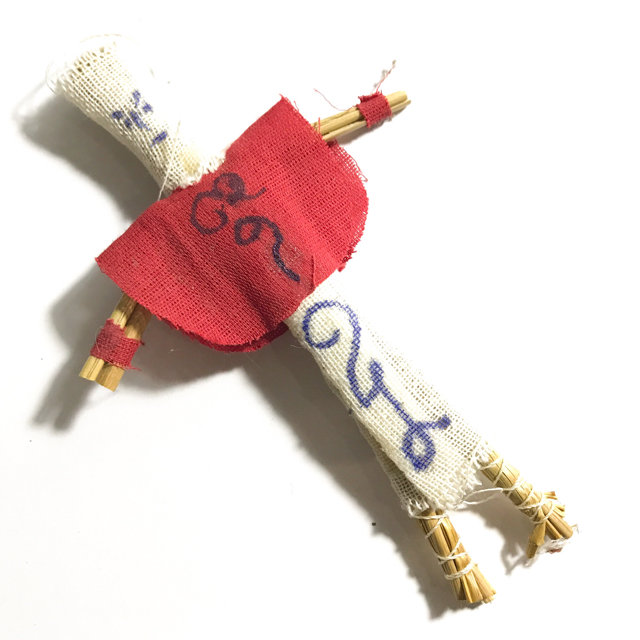
The Hoon Payont is used by those who believe, in the household, place of business, and even carried as an amulet or placed in one’s vehicle, to keep away alll dangers and inauspicious events and malicious entities
Hoon Payont should be rewarded or appeased through Bucha with the Piti Gruad Nam Water Pouring Ceremony, in the same way as seen by Thai Buddhists after giving alms to the Monks, except that it is you who makes the prayer.
Below; Hun Payont Mai Ga Fak Rak Sacred Deva Inhabited treewood effigy (Natural Formation) – Por Tan Kloi, Wat Phu Khao Tong
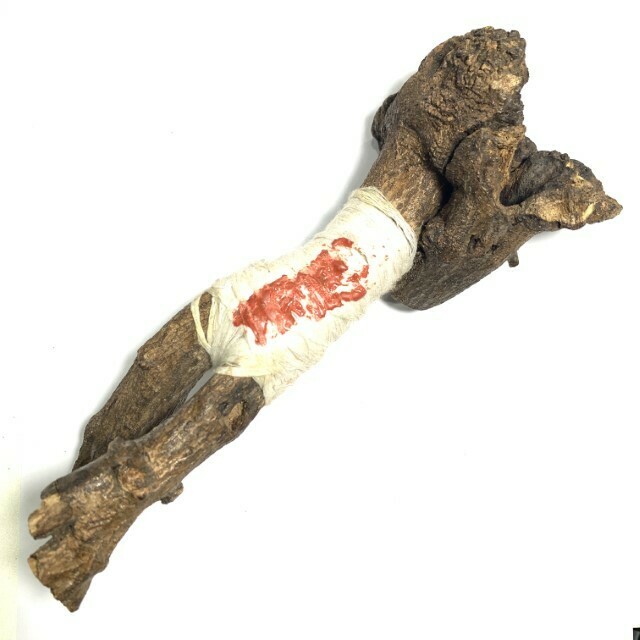
Alternatively, one can also use sacred or aromatic oils for consecration, or even liquor if wish to use for powerful Magic for Gambling and other matters of high risk, by putting a few drops of liquor on the Hun Payont, or offering a glass in symbolic fashion on its altar if not worn as an amulet, and kept in the house.
Below; Huan Payont Loi Ongk Statuette in Nam Man Prai
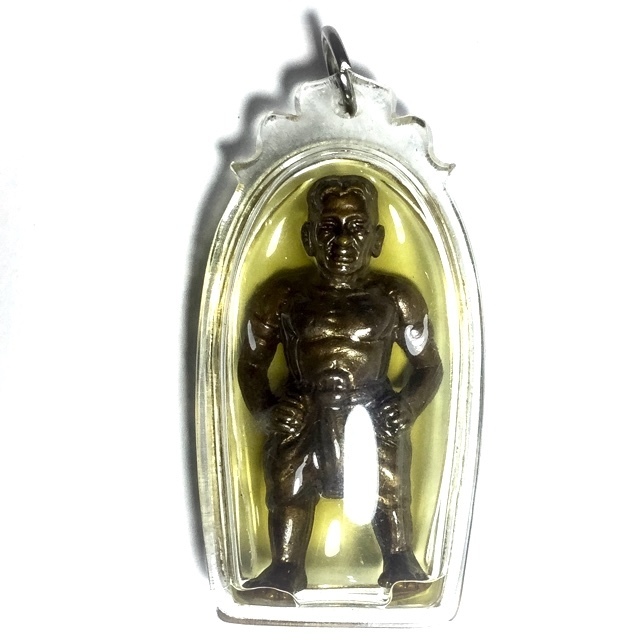

There are in truth a multitude of different Payont Golems, but there are officially Nine types of empowerment for the Wicha Hoon Payont, which are known to exist within the Kampir Saiyawaet Grimoires;
- Wicha Payont Kaa Khaay (assist in increasing sales)
- Wicha Payont Kong Grapan (protect from sharp instruments and bullets(
- Wicha Payont Maha Niyom (popularity, positive influence – great preference)
- Wicha Payont Maha Ud (gunstopper power)
- Wicha Payont Maha Sanaeh (charm, attraction, promotion, increase sales)
- Wicha Payont Fao Ruean Fao Rot (guard over the home or the car/vehicle)
- Wicha Payont Chai Ngaan (send on missions or to complete tasks)
- Wicha Payont Kumarn Tong (Kumarn Tong as Hun Payont)
- Wicha Payont Ko Taen Jao Khong Hnun Duang (take the brunt of your karma for you and increase your positive alignments)
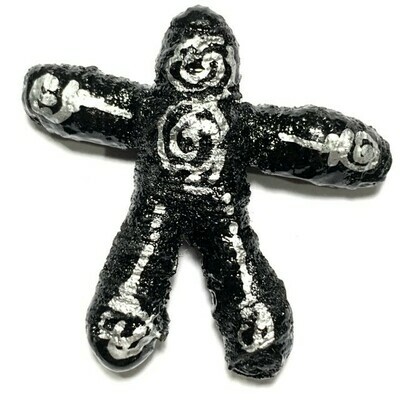
Kata Bucha Hoon Payont Chanting and Worship Methods

